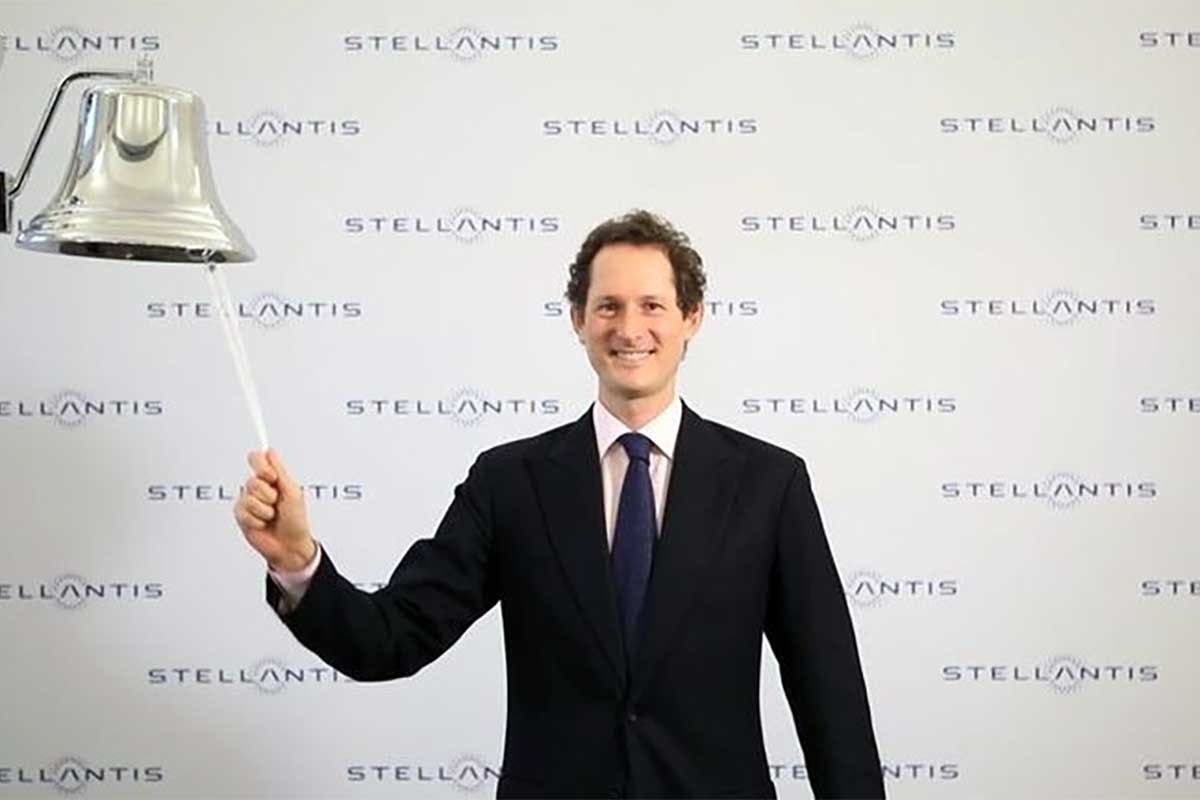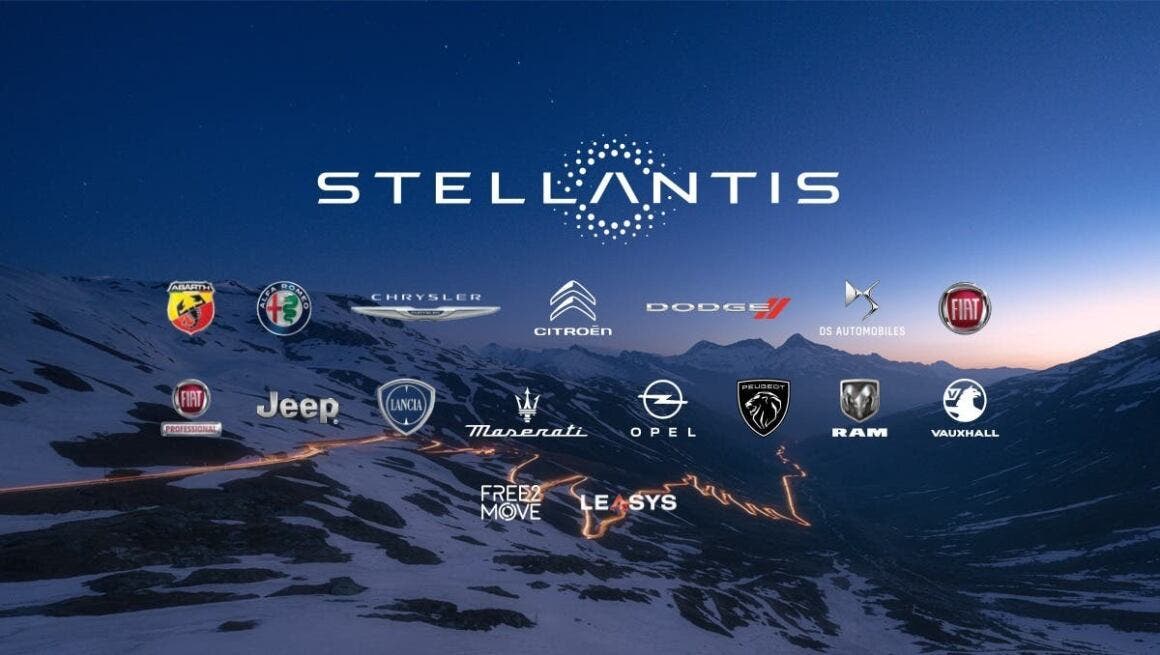The European Union boasts some of the world’s strictest regulations regarding emissions, safety, noise, and technical requirements for the automotive sector. While on one hand these standards aim to improve environmental impact and road safety, on the other they impose high costs and a growing burden of complexity on manufacturers.
Stellantis’ Chairman says EU bureaucracy is stifling the automotive sector

According to John Elkann, chairman of Stellantis and Ferrari, the European regulatory framework is becoming a burden for the entire industry. In an interview with Automotive News Europe, Elkann denounced that over 25% of Stellantis engineers’ time is absorbed exclusively to ensure regulatory compliance, taking away precious resources from technological development and product innovation.
And the situation is destined to worsen. By 2030, cars sold in the European market will have to comply with more than 120 new regulations. The most critical challenge concerns emissions: from 2025 to 2029, the average threshold will have to be 93.6 grams of CO2 per kilometer, already 15% lower than current standards. From 2030 the limit will drop further to 49.5 g/km, until reaching the zero emissions target in 2035, which will mark the definitive farewell to internal combustion engines.
Elkann expressed strong concern about the impact of these regulations on compact vehicles, which have always been a pillar of accessible mobility in Europe. High compliance costs are eroding profit margins, making it increasingly difficult for manufacturers to keep economical models on the market. The paradox, he warns, is that the tightening of rules could actually distance the Union from its very objectives. Electrification risks becoming a privilege for the few, with the result that many people will continue to use older and more polluting cars.

A possible way out, Elkann suggests, would be to adopt a more flexible approach for small vehicles, following the model of Japanese kei cars, which benefit from incentives due to their efficiency and compactness. However, the Union’s current restrictive orientation leaves little room for compromise. The concrete risk, Elkann concludes, is that excessive bureaucracy will transform innovation into a brake, jeopardizing the economic and social sustainability of the transition toward cleaner mobility.
